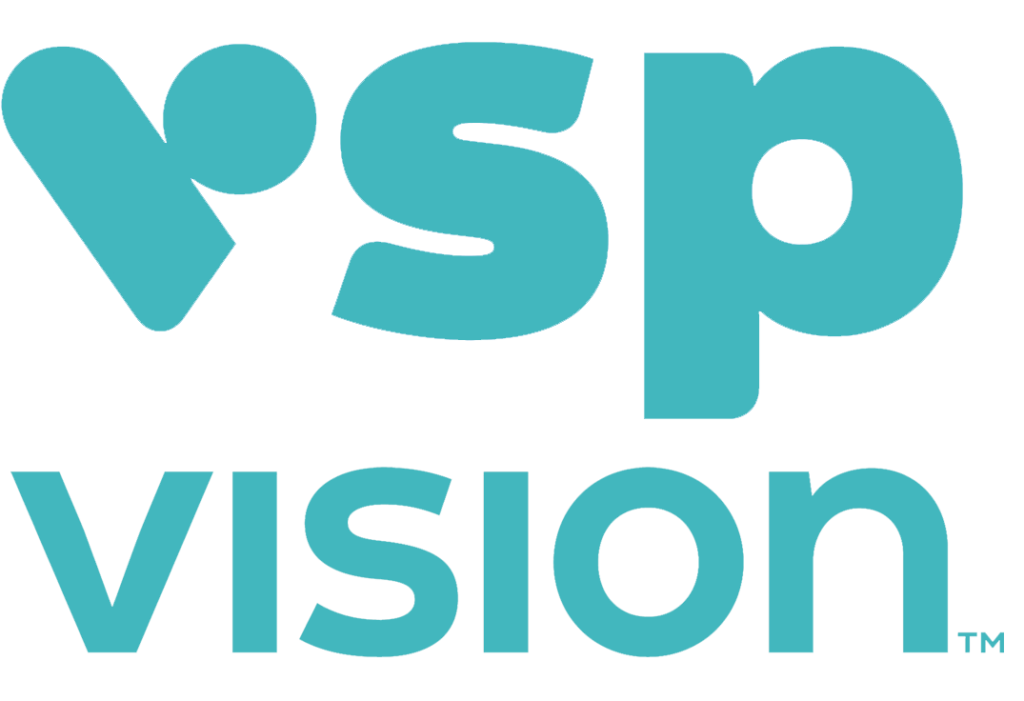The best thing to do is to schedule a full eye exam with an eye doctor:
- You can usually book an appointment directly with an eye doctor. You don’t need to see your child’s pediatrician first or get a referral.
- If the school gave you a paper with the vision screening results, bring it to the appointment.
- If your child has insurance in California, they have vision care benefits included in their medical plan. Check your plan’s details or call customer support to learn more.
- Some kids need to see a special eye doctor who focuses on pediatric eye care, especially if:
- Your child is 6 years old or younger.
- Your child has trouble communicating.
- For children 7 years or older, you can generally take them to a regular eye doctor. If you’re unsure, ask your eye doctor if they examine younger children.
If you’re thinking of skipping the full eye exam, keep this in mind:
- Many children with vision problems don’t show signs or can’t explain their symptoms.
- Some vision problems don’t cause blurry distance vision. Even if your child says they can see the TV or street signs clearly, they might still have a vision issue.
- If you think your child failed the screening because they didn’t understand or cooperate, research shows that kids who have trouble with vision tests often have a vision problem that needs attention.
- Experts suggest that all children get a full eye exam before starting school. This is the only way to be sure your child has healthy eyes and good vision.
After the exam, let your child’s school know you followed up. Most schools have a form that the eye doctor can fill out with the exam results.







